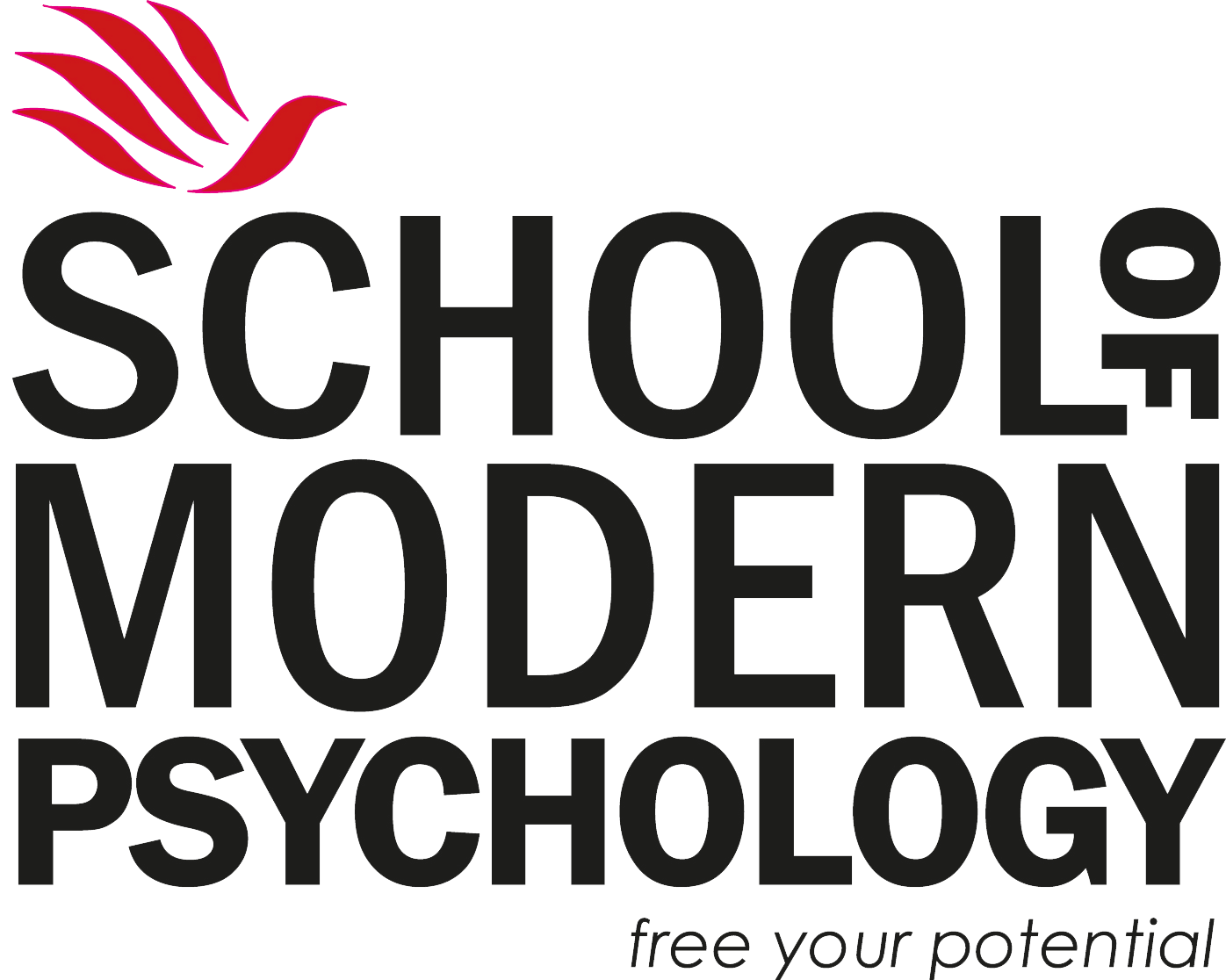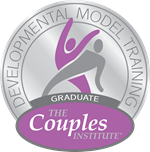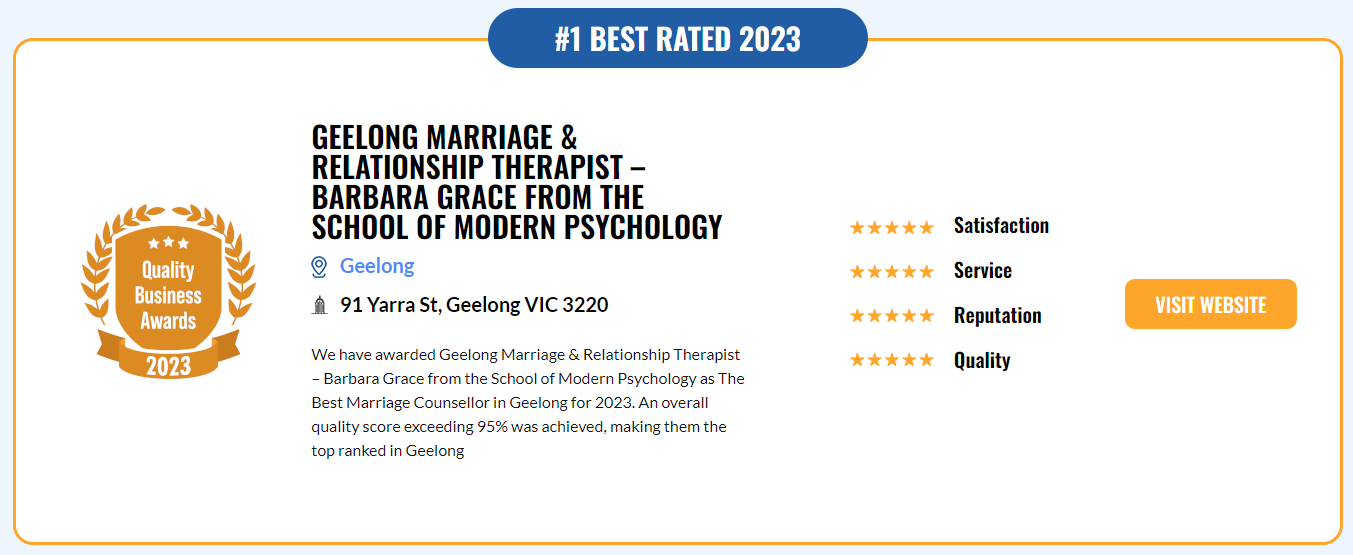The Power of Feeling: How to Turn Uncomfortable Emotions into a Strength
/Why Your Greatest Challenges Hold the Keys to Your Greatest Power
You may have felt it - that undercurrent of living in a culture obsessed with happiness, and a constant pursuit of feeling good - it’s looking more and more like numbness than aliveliness.
As if a group-think directive to embrace endless states of joy has been the mantra of self-help positivity that feels more flat than alive.
Anything else is unacceptable, unwanted and undeniably icky to sit with and labelled ‘negative’.
It’s as if emotions like anger, sadness, or fear simply don’t rate in the bigger scheme of things. And more and more these emotions are medicated and therapy sought to stop them, shut them down, or drown them in life’s go-to misery stabilizers: alcohol, drugs, porn, online shopping.
The problem is in believing that to live a good life you must avoid unpleasant emotions.
But what if the quest to constantly feel good is what's holding you back?
What if the key to solving problems lies not in eliminating negative feelings, but in changing your relationship with them?
Traditional problem-solving often takes a cerebral, analytical approach: identify the problem, dissect its components, and formulate a logical solution.
We try to think our way out of emotional challenges. But this approach, as valuable as it can be in certain situations, often fails us when dealing with our inner world. Trying to bypass the feeling is itself the problem.
We intellectualize, rationalize, and distract ourselves, all in an attempt to avoid the discomfort.
Instead, the shift in perspective lies in learning how to feel good. Not in the superficial sense of seeking fleeting pleasures, but in expanding the capacity to skillfully engage with the full spectrum of your emotional experiences. It means learning to do a "good job of feeling," as challenging as that may sound if you were raised in a family that didn’t “do” emotions.
It helps knowing research supports this: A 2022 study in the Journal of Clinical Medicine found that 95% of people naturally adopt postures that are more open, aware, and ready for active engagement when they're at their best when dealing with emotional challenges. This offers a counter-intuitive understanding: our mood and outlook aren't dictated by what we feel, but by how we relate to those feelings.
Embracing the Dark with Curiosity
Imagine a child terrified of the dark. The traditional approach might be to reassure them that there are no monsters, to deny their fear. Yet a more effective approach is to teach them how to be brave in the dark, to explore their fear with curiosity, to discover that this feeling is just a part of them - not all of them - and if understood with a sense of curiosity, holds no real power over them.
On a personal note, I still sleep with a night light. While childhood monsters lurking under the bed or in a cupboard are long gone, it calms me knowing that ‘I’m letting the light in’ - and that if a part of me hears a noise and feels fear in those pre-dawn hours, I can speak gently to that part and say some mantras that offer stillness. It’s a conscious choice to work with fear in a way that fits my needs, sensitivity and mindset.
It's not about eliminating the darkness, (those scratching noises of midnight possums scrambling on the roof, or pretending they don’t exist), instead it’s about learning to navigate it with courage and self-compassion. It's about accepting that fears, anxieties, and vulnerabilities are not insurmountable obstacles to overcome, they’re valuable sources of information and opportunities for understanding ourselves a little more deeply.
Creating Space
When we stop suppressing unpleasant emotions, we create space for a different kind of problem-solving. We become more present, more grounded, and more resourceful. We can listen to what our feelings are trying to tell us, understand their root causes, and respond in a way that aligns with our values and goals.
What’s often perceived as problems to be avoided might actually be signals pointing us towards a life where our feelings offer a richer insight into living life with deeper meaning - with ourselves, our partner, colleagues, family and friends.
What if:
The discomfort we feel when we're not living in alignment with our values,
the anxiety we experience when we're avoiding emotions,
the fear we experience of not being enough
– these are not bugs in the system, but features.
What if they are invitations to step outside the paralysis of just existing, to embrace an inner world that’s been waiting for us to slow down and witness it, and to live with a more authentic sense of who we really are.
This takes courage.
So, the next time you find yourself struggling with an emotional challenge, resist the urge to suppress or bypass it. Instead, turn towards it with curiosity and compassion. Embrace the discomfort, learn to feel it, be curious as to what this experience really looks like, describe it, sit with it, notice how the bodily sensations change just by observing it - rather than falling into resistance, align yourself with your body’s experience. This is using the power of your curiosity during challenging moments to acknowledge that your body is asking you to work with it - not against it.
You might just find that the problem you were desperately trying to avoid was actually the key to unlocking space for growth, courage and the freedom of personal awareness.
Two Life Views:
As relational beings, most of us fall into one of two categories: those who externalize their experiences, and those who internalize them.
One views the world outside as a source of distraction from personal discomfort; while the other shifts to an inner world - at times creating negative self-judgements based on an out-of-mode belief system that can lead to hosting a mindset filled with bullies whose sole intent is on belittlement.
Both stem from an unhealthy relationship with emotions - one that shape-shifts depending on the view.
If you’ve felt stuck, numb, experiencing a sense of frozenness - as if waiting for that moment when motivation moves you to action, perhaps it’s time for a rethink - a reconnection to what that experience in your body may be telling you.
At times, ‘fusing’ with thoughts, believing it’s impossible to shift them or our motivation until we ‘feel’ like it. This is a recipe for stuckness - all because we’ve tied our thinking to the impossible task of ‘everlasting joy and happiness’ and interpreting this as the signal that all is ok and we can finally get to live.
Questions to ponder:
What may be getting in your way of expressing less comfortable emotions?
Are there any old beliefs that need updating?
How could ‘positivity’ be hindering an authentic experience of living in the moment?
Does your relationship with your emotions need some work?









